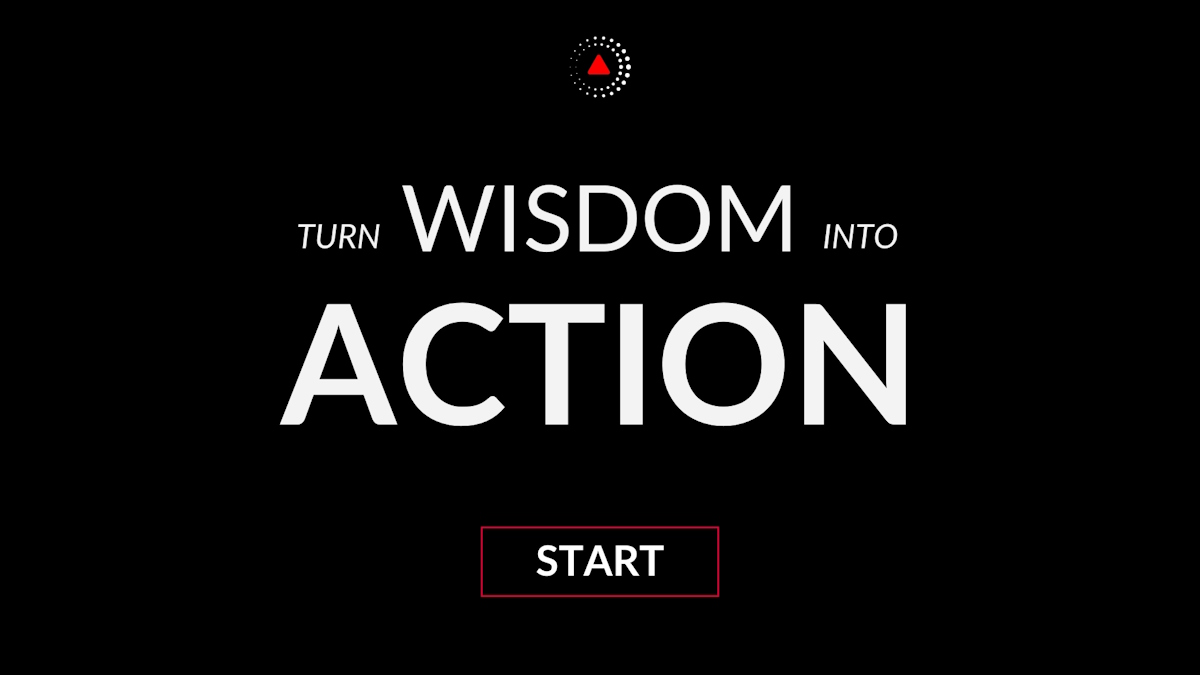We can’t solve today’s problems with the mentality that created them.
What's the meaning of this quote?
Quote Meaning: The essence of this quote lies in the recognition of the limitations of our current mindset when facing contemporary challenges. It suggests that the solutions to the issues we confront in the present cannot be found within the same framework of thinking that led to their emergence. To truly address the complexities of today's problems, we must transcend the very mental paradigms that contributed to their existence.
Consider the idea that many of the problems we encounter are rooted in outdated beliefs, entrenched biases, or narrow perspectives. These mental frameworks, while possibly effective in the past, may no longer serve us well in the rapidly evolving landscape of the modern world. For instance, societal issues such as inequality, environmental degradation, or technological disruptions often persist because we attempt to address them using approaches and attitudes inherited from a different era.
By acknowledging the limitations of our current mentality, we open ourselves to the possibility of embracing new ways of thinking and problem-solving. This requires a willingness to challenge conventional wisdom, question long-held assumptions, and explore innovative ideas. In doing so, we can tap into fresh perspectives, alternative viewpoints, and novel strategies that were previously overlooked or dismissed.
Moreover, the quote underscores the importance of learning from past mistakes and failures. It encourages us to reflect critically on the origins of our challenges and recognize the patterns of thinking that contributed to their perpetuation. Only by understanding the root causes of our problems can we hope to devise effective solutions that address them at their core.
At its core, the message encapsulated in this quote is one of adaptability and evolution. It urges us to evolve our thinking in tandem with the evolving nature of the problems we face. Instead of clinging to familiar ways of approaching issues, we must be willing to embrace change and embrace the uncertainty that comes with it.
In essence, the quote serves as a poignant reminder that progress requires a willingness to transcend the limitations of our own thinking. It challenges us to cultivate a mindset of openness, curiosity, and humility—a mindset that is receptive to new ideas, adaptable to changing circumstances, and committed to the pursuit of genuine solutions. Ultimately, by embracing this transformative mindset, we can begin to tackle today's problems in ways that pave the path for a more sustainable, equitable, and prosperous future.
Who said the quote?
The quote "We can't solve today's problems with the mentality that created them." is often attributed to Albert Einstein (Bio / Quotes). Albert Einstein was a German physicist and Nobel Prize winner who is widely regarded as one of the most influential scientists in history.
Applying the quote to your life
Unlock Einstein's wisdom and apply it to your life by getting the in-depth Albert Einstein Workbook & Study Guide, complete with top quotes, insightful commentary, reflective questions, and practical uses for everyday life. 👇
To apply more wisdom, get the All-Access Pass, which includes hundreds of study guides from the world's top minds. These include deep insights from individuals such as Nelson Mandela, Steve Jobs, and Albert Einstein, as well as some of the top authors and personal development books.
What are Albert Einstein's Best Quotes?
Watch on Elevate's YouTube channel and be sure to subscribe for more wisdom and insights from the world's top minds.
Subscribe on YouTube to get the latest quote videos delivered straight to you:
Is there a historical example that illustrates the message of the quote?
A compelling historical example of the quote "We can't solve today's problems with the mentality that created them" is the transition from the economic policies of the Great Depression to the New Deal reforms under President Franklin D. Roosevelt.
During the Great Depression, the United States faced unprecedented economic hardship with widespread unemployment, bank failures, and a sharp decline in industrial production. The mentality that dominated before the Depression, characterized by minimal government intervention and a belief in the self-correcting nature of the free market, proved inadequate in addressing the depth of the crisis.
President Herbert Hoover, who was in office when the Depression began, adhered to these traditional beliefs. His policies emphasized balancing the budget, avoiding direct aid to individuals, and relying on voluntary efforts and local charities to address the economic woes. However, as the Depression worsened, it became evident that these approaches were insufficient and even counterproductive.
Franklin D. Roosevelt, elected in 1932, recognized that a new approach was necessary. His administration introduced the New Deal, a series of ambitious programs and reforms designed to provide relief, recovery, and reform. These included creating social safety nets like Social Security, regulating the stock market to prevent future crashes, and implementing large-scale public works projects to stimulate employment.

Roosevelt's willingness to embrace a radically different mentality—one that accepted active government intervention and innovative economic policies—illustrates the essence of the quote. By rejecting the old mindset and adopting new strategies, Roosevelt was able to address the systemic issues that had led to the Depression and lay the foundation for long-term economic stability.
How can the quote be applied in a real-life scenario?
Applying the quote "We can't solve today's problems with the mentality that created them" in a real-life scenario involves recognizing when current approaches are failing and being open to adopting new methods or perspectives.
Consider a business that has been struggling with employee retention issues. The company’s management might have previously relied on traditional practices such as annual raises and occasional team-building events to keep employees motivated and engaged. However, these measures may no longer be effective in retaining top talent, especially in a rapidly changing job market where employees have different expectations and needs.
To address this, the company might need to reassess its approach. Instead of sticking to outdated practices, the management could look at modern strategies that reflect the current work environment. This might include offering flexible work arrangements, creating opportunities for professional development, and fostering a more inclusive and supportive workplace culture.
By adopting a new mentality—one that values flexibility, continuous learning, and a supportive work environment—the company can better address the contemporary challenges of employee retention. This shift acknowledges that the old methods, which were once effective, are no longer sufficient in solving the problems faced in today’s context.
In both the historical example and the real-life scenario, the core message of the quote is about the necessity of evolving and adapting strategies to effectively address current issues. It emphasizes that clinging to outdated approaches can prevent meaningful progress and resolution, highlighting the importance of innovation and openness to change in solving contemporary problems.
Chief Editor
 Tal Gur is an author, founder, and impact-driven entrepreneur at heart. After trading his daily grind for a life of his own daring design, he spent a decade pursuing 100 major life goals around the globe. His journey and most recent book, The Art of Fully Living, has led him to found Elevate Society.
Tal Gur is an author, founder, and impact-driven entrepreneur at heart. After trading his daily grind for a life of his own daring design, he spent a decade pursuing 100 major life goals around the globe. His journey and most recent book, The Art of Fully Living, has led him to found Elevate Society.























